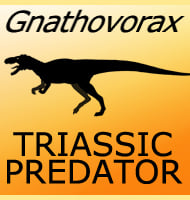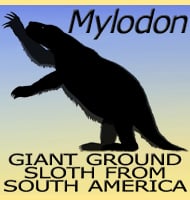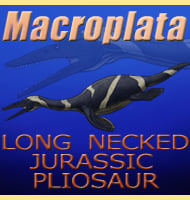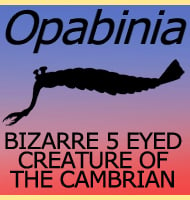In Depth
Batyrosaurus has been described as a basal hadrosauroid, the group of ornithopod dinosaurs that would give rise to the more derived hadrosaurids such as Edmontosaurus and Saurolophus towards the late Cretaceous. Compared to other hadrosauroids, the describers considered Batyrosaurus to be more advanced than Altirhinus, but more primitive than Probactrosaurus.
In life Batyrosaurus would have been a primarily quadrupedal dinosaur, though one that had the option of rearing up on just its hind legs in order to reach taller plants. Batyrosaurus is known to have had a four centimetre long thumb claw, a feature that was common on iguanodont ornithopods such as Iguanodon that earlier in the Mesozoic gave rise to hadrosauroids like Batyrosaurus. Casts of the braincase of Batyrosaurus also reveal arterial impression on the bone that were left behind by arteries that were supplying the brain with oxygenated blood in life. This in turn indicates that the braincase of Batyrosaurus was only just large enough to accommodate the mass of the brain. Predatory threats to Batyrosaurus would have likely come from tyrannosaurs of the time, though dromaeosaurs would have also been a serious problem for smaller individuals and juveniles.
There has been speculation that Batyrosaurus may actually be the same as Arstanosaurus, another dinosaur known from the same location. Arstanosaurus however has had a troubled taxonomic history, being considered to have been a hadrosaurid, ceratopsian and even a fossil chimaera (remains of two or more animals described as one). Because of the doubtful credibility of Arstanosaurus as a genus, the describers of the genus chose not to include the Batyrosaurus fossils with it.
Batyrosaurus was named after the Batyr, Kazakh heroic warriors. The type species name is in honour of the Russian palaeontologist Anatoly Konstantinovich Rozhdestvensky.
Further Reading
- A New Basal Hadrosauroid Dinosaur from the Upper Cretaceous of Kazakhstan. In Godefroit, P. (eds). - Pascal Godefroit, Fran�ois Escuilli�, Yuri L. Bolotsky & Pascaline Lauters - 2012.







